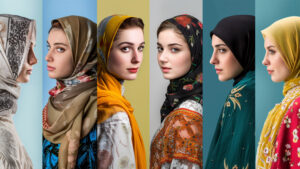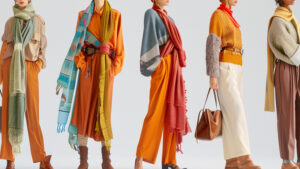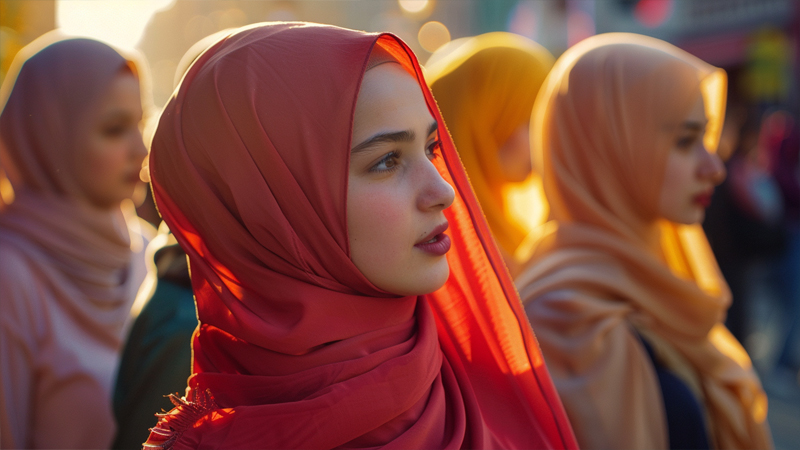
The first time I asked my mom why she wore hijab, she smiled and said, “Because it’s my love letter to Allah.” But is it mandatory?
Islamic teachings consider hijab obligatory for modesty, but practices vary widely among Muslim women based on interpretation, culture, and personal choice.
Let’s explore this layered topic together.
What do Islamic teachings say about the obligation of wearing a hijab?
“It’s not just about covering—it’s about connecting,” my Quran teacher once told me.
The Quran and Hadith emphasize modesty, with hijab seen as a key practice for Muslim women by many scholars.

The scriptural roots
I remember the first time I read Surah An-Nur1 (24:31), which instructs women to “draw their head coverings over their chests.” My Jordanian friend explained it as a divine dress code—not to restrict, but to protect dignity.
However, interpretations vary:
- Traditional view: Hijab is obligatory for all Muslim women.
- Progressive view: Modesty is required, but hijab isn’t the only way to achieve it.
| Source | Key Teaching |
|---|---|
| Quran 24:31 | “Draw head coverings over chests” |
| Hadith | Emphasizes modesty2 in dress |
How do practices vary among Muslim women regarding wearing head scarves?
“My hijab is my crown,” my Egyptian friend says, while my Indonesian cousin calls hers “a personal choice, not a rule.”
Some wear hijab daily, others only for prayers, and some not at all—reflecting diverse interpretations and cultural influences.
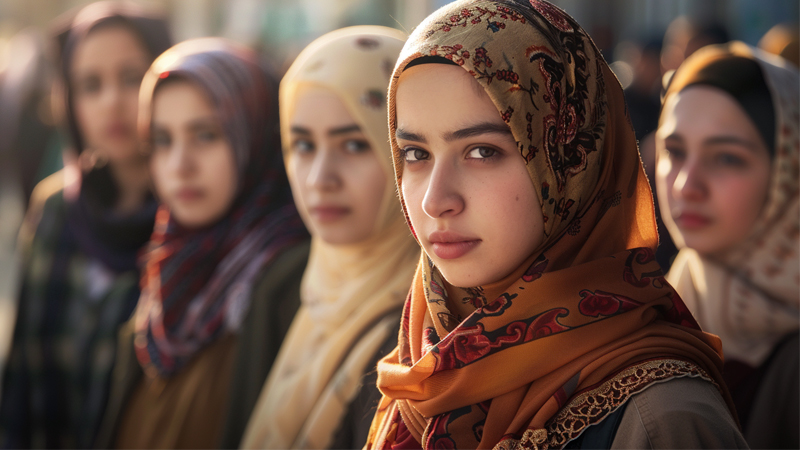
A spectrum of practices
In my community alone:
- Aisha wears niqab3 (full face veil) as a spiritual commitment.
- Layla dons hijab4 only during Ramadan.
- Zahra chooses modest clothing5 without a headscarf.
I once attended a panel where a Somali scholar said, “Allah looks at your heart, not your headscarf.” That stuck with me.
What are the legal and social implications of wearing or not wearing a hijab in different countries?
“In France, they banned it. In Iran, they enforce it. In Malaysia, they celebrate it,” my travel buddy once summarized.
Hijab laws range from bans (France) to mandates (Iran), with social attitudes varying from acceptance to discrimination.

The global patchwork
Here’s what I’ve observed:
- Bans: France’s laïcité laws prohibit hijab in schools.
- Mandates: Iran requires hijab by law6.
- Neutrality: The U.S. allows choice but faces societal biases7.
My Turkish friend shared how her aunt was once denied a job for wearing hijab—a stark reminder of how politics shapes personal choices.
How do personal choices intersect with religious obligations when it comes to wearing head scarves?
“I wear it because I want to, not because I have to,” my best friend said, adjusting her turban-style hijab.
Many Muslim women balance faith, culture, and individuality, viewing hijab as a personal journey rather than a rigid rule.
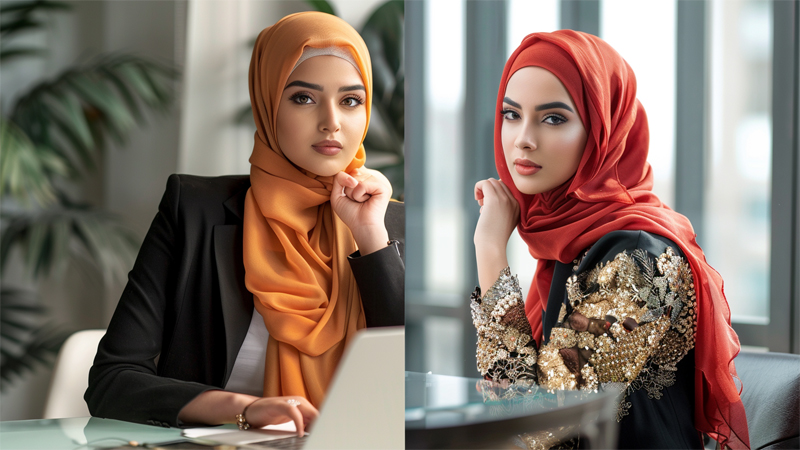
The heart of the matter
I’ve seen:
- Teens experimenting with hijab styles to express creativity.
- Converts embracing hijab as a symbol of their new identity.
- Activists using hijab to challenge stereotypes.
When my cousin chose not to wear hijab, my family debated endlessly. But her faith remained strong—proving that devotion isn’t always visible.
Conclusion
Hijab is a deeply personal choice, shaped by faith, culture, and individual conviction.
-
Exploring this link will deepen your understanding of the context and interpretations of Surah An-Nur, enriching your knowledge of Islamic teachings. ↩
-
Understanding modesty across various cultures can enhance your appreciation of its role in society and personal identity. ↩
-
Exploring the cultural significance of the niqab can deepen your understanding of its role in various societies. ↩
-
Understanding the hijab's significance during Ramadan can provide insights into its spiritual importance for many Muslims. ↩
-
Learning about modest clothing across cultures can enhance your appreciation for diverse expressions of faith and identity. ↩
-
Exploring Iran's hijab laws reveals the intersection of religion and law, impacting women's rights and freedoms. ↩
-
Investigating societal biases can help understand the challenges faced by individuals in expressing their identity in the U.S. ↩

